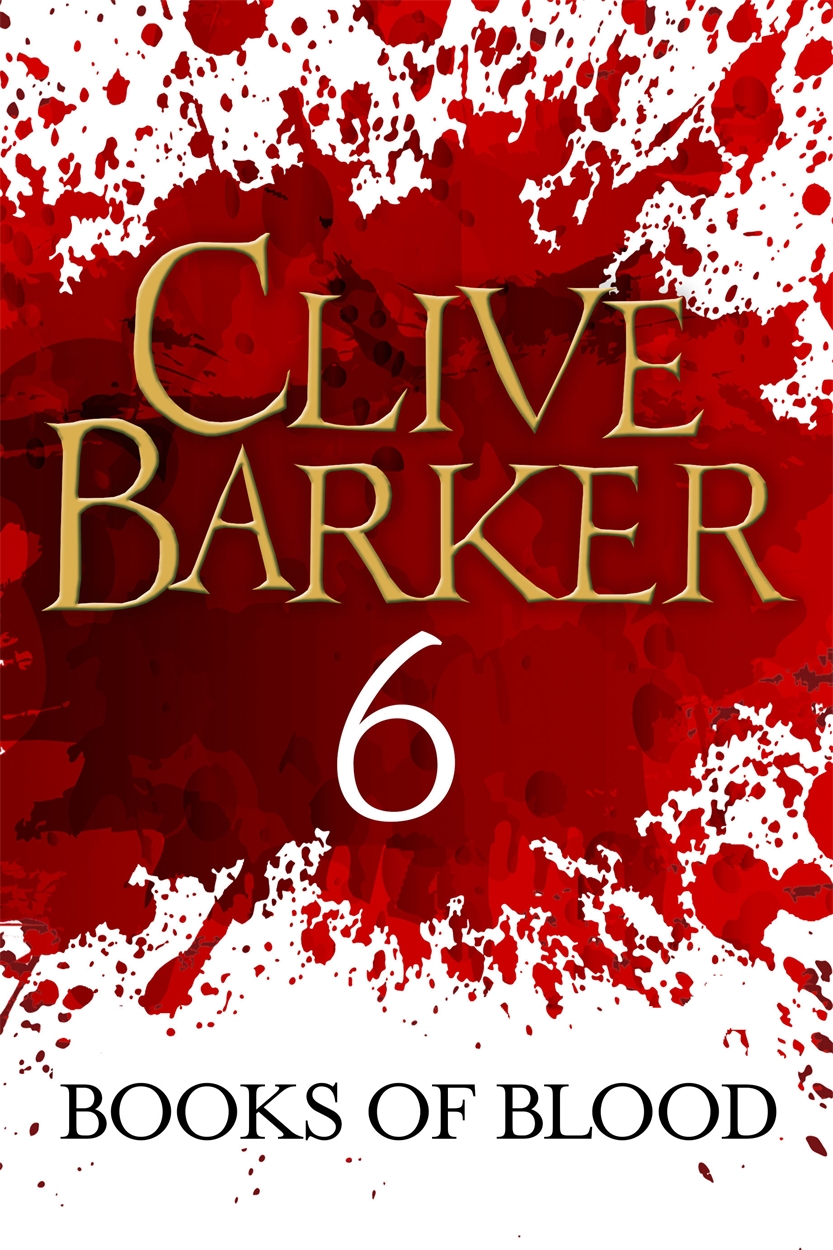

Toplin by Michael McDowell (1985): The World's For.The Auctioneer by Joan Samson (1975): When the Man.Slob by Rex Miller (1987): Killing is His Business.Claw Hammer by Paul Dale Anderson (1989): Got a Ba.Midnight Graffiti, edited by Horsting & Van Hise.Floating Dragon by Peter Straub (1982): Bind the D.Firestarter by Stephen King and More: Children in.And look closely, for one of the damned presents to the potential book buyer a charming black-and-white photograph of the all-too-youthful-looking author might we guess that somewhere on that highway of the dead, a demon possessed a certain soul? Isn't it obvious that Barker's own illustration for the cover, second illustration down, is the most exciting, intriguing, and indeed accurate one? I can only assume it was considered "too much" for American audiences. Numerous editions of this now-classic collection have been published over the past quarter-century.

Each is essential for the horror fiction fan, new or old, glittering with the author's wit and irony and fearlessness. The other short stories in this first volume include the deathly erotic "Sex, Death, and Starshine," in which a theater troupe carries on even after the final curtain "The Midnight Meat Train," an unapologetically outright blood-and-guts splatterpunker of a butcher and those he serves the drily witty "The Yattering and Jack" is the comic anomaly of the entire series, as a seemingly oblivious man and a minor demon face off and "In the Hills, the Cities," perhaps Clive Barker's most enigmatic, visionary, and original short story, one of men and women and the cities that they make. It's lovely stuff, is it not? Before he was famous for being a horror writer, Barker was a playwright, and his mind's eye was well-trained for sights both unseen and unimagined. These monsters, frenzied, mush-minded bloodletters, peeked through into the world: nonesuch creatures, unspoken, forbidden miracles of our species, chattering and howling their Jabberwocky. She could also see, mingling freely with the innocents, their slaughterers and tormentors. Eloquent beyond words, their eyes spoke their agonies, their ghost bodies still bearing the wounds that had killed them. The men, the women, the children who had died enduring all the pains nerves had wit to muster, with their minds branded by the circumstances of their deaths. No, that house opened onto a route walked only by the victims and the perpetrators of violence.

She was not staring at the happy, idling traffic of the ordinary dead. She saw plainly that the highways that crossed at Tollington Place were not common thoroughfares.


 0 kommentar(er)
0 kommentar(er)
